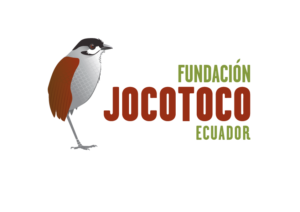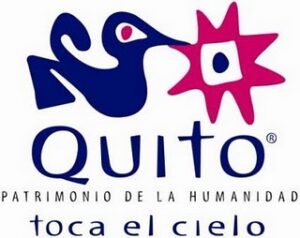AMAZON RAINFOREST
& ANDEAN EASTERN SLOPES
NAPO CULTURAL CENTER- YASUNI NATIONAL PARK - WILD SUMACO-LORETO ROAD - GUACAMAYOS RIDGE - SAN ISIDRO- GUANGO-PAPALLACTA PASS - ANTISANA
“The clearest way into the Universe is through a forest wilderness"
Johh Muir
ITINERARY
DAY 1
DAY 3
DAY 5
DAY 7 & 8
DAY 10
DAY 2
DAY 4
DAY 6
DAY 9
DAY 10 PART 2
*Ask us about our options to extend your trip to the Andean Western Slopes or to other destinations.
Pricing
PRICE PER PERSON:
$4250 p.p Groups from 2 or more participants. Solo travelers please contact us for more information.
-Accommodations in double or triple occupation.
-Single supplement add USD $490 p.p
-All meals, purified water
-Air tickets Quito-Puerto Francisco de Orellana (Coca)
-River transportation
-4D/3N birding package at Napo Cultural Center, transfer in and out in a shared canoe, private canoe and birding/naturalist guide for birding activities.
-Transfers In-Out
-Entrance fees to the Yasuni National Park and all the reserves, Sumaco, San Isidro, Guango, Brisas, Cayambe Coca National Park, Antisana
-All excursions including visits to the exclusive Yasuni National Park parrot clay licks
– Private Birding & naturalist bilingual guide for Sumaco, San Isidro, Guango.
-International airfare
-Alcoholic Drinks
-Tips
-Any other item not specified
-Personal expenses
– Trip Cancellation & Medical Emergency Insurance
Trips considerations
PLEASE NOTE:
This is a sample itinerary subject to change due to weather conditions, safety, and particular interests of guests and groups. Changes and additions are made in order to maximize your birding experience, wilderness enjoyment and cultural interaction with local people.
Note: A city tour in Old Town Quito or check for options of day tour close to Quito, which can be included upon request at the beginning of the trip.



